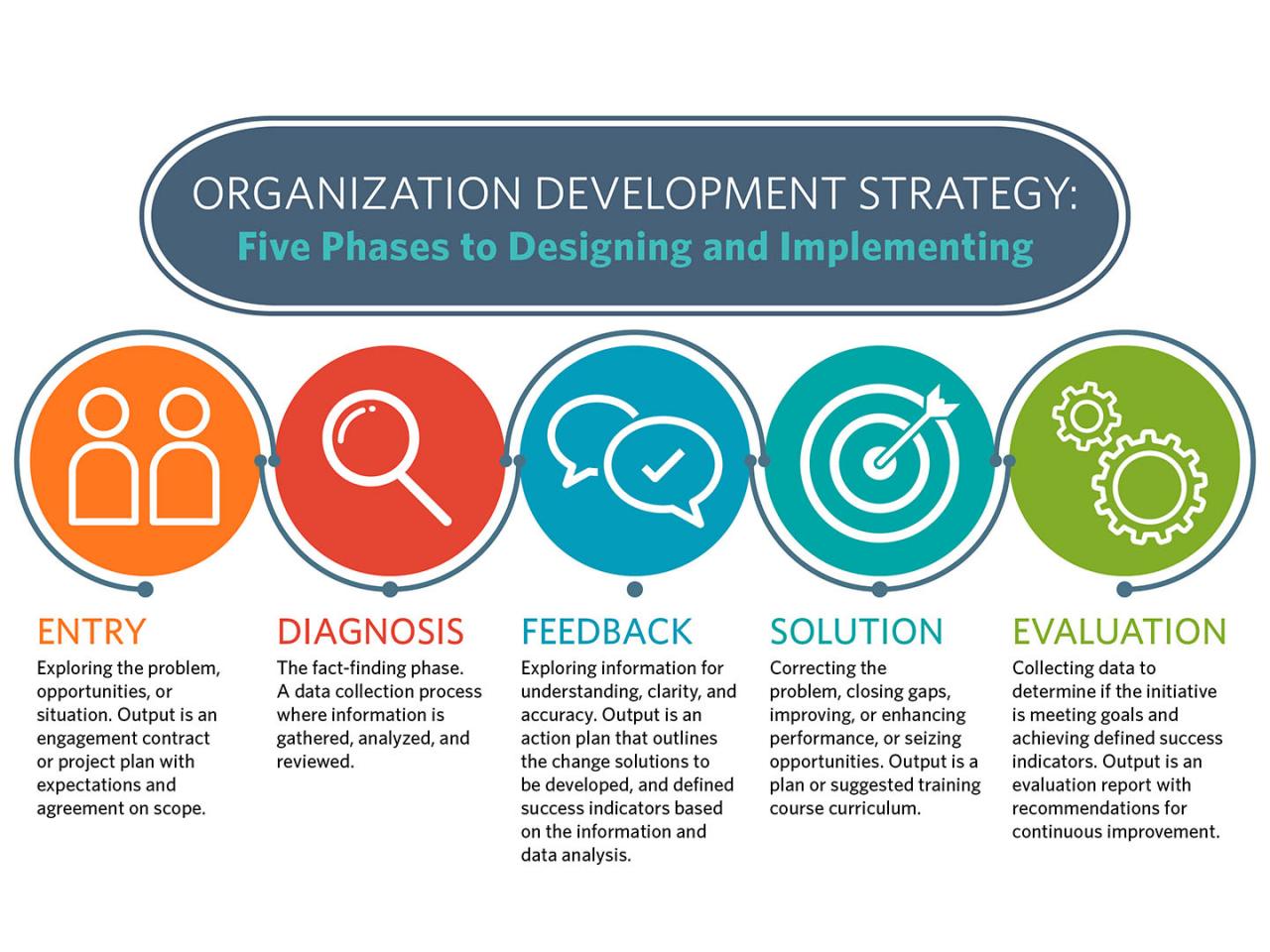Developing an Organizational Chart for Health Information Management

Developing an organizational chart for health information management – An organizational chart is a visual representation of the structure of an organization, showing the relationships between different positions and departments. It is an essential tool for health information management (HIM) professionals, as it helps to streamline operations, improve communication, and enhance decision-making.
Developing an organizational chart for health information management requires a comprehensive understanding of risk management principles, as outlined in describe risk management in an insurance industry. By incorporating risk assessment and mitigation strategies into the organizational structure, health information managers can proactively identify and address potential threats to patient data privacy and security, ensuring compliance with regulatory requirements and protecting the organization’s reputation.
Understanding the Importance of Organizational Charts in Health Information Management, Developing an organizational chart for health information management
Organizational charts play a crucial role in HIM by providing a clear understanding of the organization’s structure and hierarchy. They help to:
- Streamline operations by clarifying roles and responsibilities, reducing confusion and improving efficiency.
- Improve communication by providing a visual representation of the reporting relationships and communication channels within the organization.
- Enhance decision-making by providing a clear understanding of who is responsible for making decisions and who should be consulted for input.
- Increase accountability by clearly defining the roles and responsibilities of each individual in the organization.
In addition, organizational charts can be used to identify areas for improvement and to plan for future growth and development.
Developing an organizational chart for health information management requires a systematic approach to ensure clear lines of authority and responsibility. Just as classroom management for an effective learning environment involves establishing clear rules and expectations, an organizational chart for health information management defines roles and relationships within the department, facilitating efficient communication and decision-making.
Final Conclusion
Implementing an organizational chart is an ongoing process that requires regular review and updates to ensure it remains an accurate representation of the organization’s structure. By following best practices and leveraging technology, healthcare organizations can harness the power of organizational charts to foster effective communication, collaboration, and decision-making.
Developing an organizational chart for health information management requires a clear understanding of roles and responsibilities within the department. To gain insights into effective project management, consider reading Carl Scott: Information Technology Project Management: An Integrated Approach. This book provides valuable guidance on managing IT projects, which can be applied to the development of an organizational chart for health information management.
By understanding project management principles, you can create a chart that aligns with the department’s goals and objectives.
FAQ Insights: Developing An Organizational Chart For Health Information Management
What are the key elements to include in an organizational chart?
Essential elements include job titles, reporting relationships, responsibilities, and clear job descriptions.
What methods can be used to develop an organizational chart?
Top-down and bottom-up approaches are common methods, each with its advantages and disadvantages.
How can technology assist in creating and maintaining organizational charts?
Software tools and online platforms can automate chart creation, facilitate updates, and provide real-time access to employees.
Developing an organizational chart for health information management requires an understanding of management as an art, as defined by Giacomo Cordoni. This involves balancing technical expertise with leadership skills, strategic planning with operational execution, and communication with collaboration. By incorporating these principles into the organizational chart, health information managers can create a structure that supports effective information management and decision-making.
Developing an organizational chart for health information management involves defining roles, responsibilities, and reporting relationships within the department. This process can help improve communication, collaboration, and efficiency. For example, embedded computers can manage financial transactions at ATMs , automating tasks and reducing the risk of errors.
By clarifying roles and responsibilities, organizational charts can also facilitate the development and implementation of effective health information management policies and procedures.
When developing an organizational chart for health information management, it’s important to consider the roles and responsibilities of each team member. This will help to ensure that the team is able to effectively manage and protect patient health information. For more information on managing ads, refer to close an ad account in ads manager.
Additionally, the organizational chart should be reviewed and updated regularly to reflect any changes in the team’s structure or responsibilities.
An organizational chart for health information management is crucial for efficient healthcare delivery. By clearly defining roles and responsibilities, it ensures smooth workflow and avoids redundancies. Just as an effective project manager is essential for successful project execution, an organizational chart is vital for the effective management of health information within an organization.
Creating an organizational chart for health information management requires an understanding of the necessary skills for effective management, including communication, decision-making, and strategic planning. By defining these skills , you can ensure that your organizational chart aligns with the competencies needed to lead a successful health information management team.